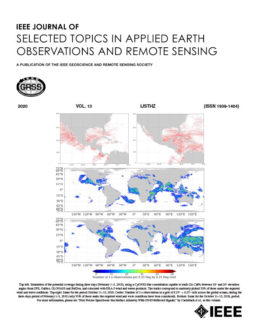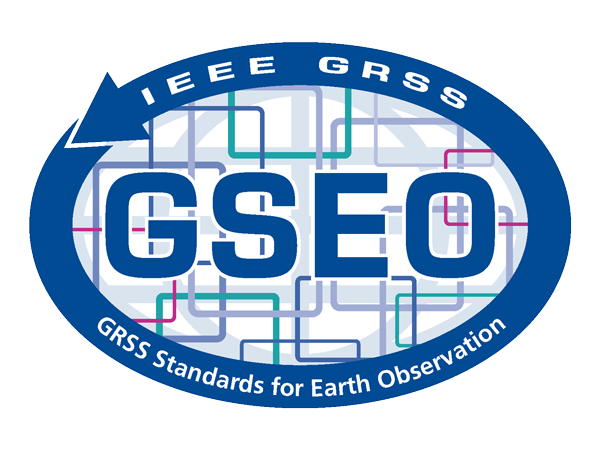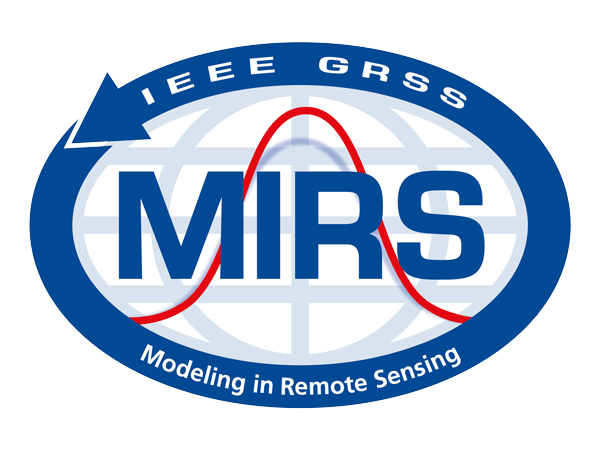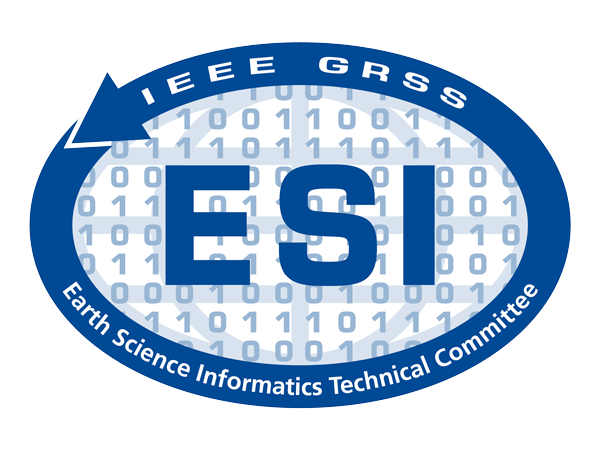Monday, February 1, 2021
10AM Eastern Time
4PM Central European Time
Speaker: Dr. David G. Long, Brigham Young University, Provo, Utah, USA
Sponsored by GRSS


GRSS Webinar: Satellite Scatterometry: Winds, Vegetation, and Ice
Remote sensing is the study of the environment from a distance. Recent developments in satellite-based sensors and computer processing techniques offer unique perspectives of our planet. Microwave remote sensing includes active (radars) and passive (radiometers) sensors. This talk focuses on the applications of a class of active microwave remote sensors known as scatterometers. Satellite scatterometers have been built and flown by several nations including the U.S., ESA, India, and China. Wind scatterometers are satellite radars designed to measure near-surface vector winds over the ocean. The scatterometer does not directly measure the wind. Rather, it measures the normalized radar backscatter (σ0) of the surface. Then, from multiple σ0) measurements, the wind blowing over the ocean’s surface is inferred. Scatterometer wind measurements have wide application in air-sea interaction and weather observation. Wind scatterometers typically operate at one of two bands, C (5.4 GHz) or Ku (13.4 GHz). Ku band is more sensitive to wind, but also to the adverse effects of rain. However, this sensitivity can be exploited to simultaneously estimate wind and rain. Scatterometers also collect σ0) measurements over land and ice. While the low resolution (25 km) of the scatterometer measurements can limit their utility in land and ice studies, reconstruction processing enables the generation of enhanced resolution σ0) images from past and present scatterometers. Such enhanced resolution scatterometer images have been proven to be useful for high resolution wind/rain estimation as well as in a variety of studies of polar ice and tropical vegetation. In particular enhanced resolution scatterometer observations have been used over land to study deforestation of tropical rain forest and desertification. Over the glaciated regions of Greenland and Antarctica, the radar signal is very sensitive to melting conditions and can thus be used to estimate global warming conditions. The contrast between ocean and ice scattering enables tracking of major Antarctic icebergs in all weather conditions. In this talk, a brief overview of scatterometer remote sensing is provided and a number of applications of microwave remote sensing are described.
SPEAKER’S BIO:
David Long is faculty of the Electrical and Computer Engineering department (www.ee.byu.edu) at Brigham Young University (www.byu.edu). Before this, he was employed at NASA’s Jet Propulsion Laboratory (JPL) in the Radar Science and Engineering Section. He was responsible for the design and development of the NASA Scatterometer (NSCAT) system to measure ocean surface winds from space. NSCAT successfully flew aboard Japanese ADEOS spacecraft in 1996. He was a Group Leader in the Radar Systems Engineering Group at JPL were he supervised work on the design and analysis of spaceborne scatterometer and SAR systems including NSCAT, SIR-C, and Magellan. He was the original Experiment Manager for SCANSCAT (now known as SeaWinds, it was first launched in 1999 on QuikSCAT, again in 2003 on ADEOS-II, and again as RapidScat on the International Space Station in 2014). He has received several NASA Award of Achievement and Team Recognition Awards. His research interests include microwave remote sensing, spaceborne scatterometry, synthetic aperture radar, signal processing, polar ice, and mesoscale atmospheric dynamics. He is an associate editor for IEEE Geoscience and Remote Sensing Letters. He is a co-author of the textbook, F. Ulaby and D.G. Long, Microwave Radar and Radiometric Remote Sensing, ISBN: 978-0-472-11935-6, University of Michigan Press, Ann Arbor, Michigan, 2013, available through Artech House and Amazon.



























